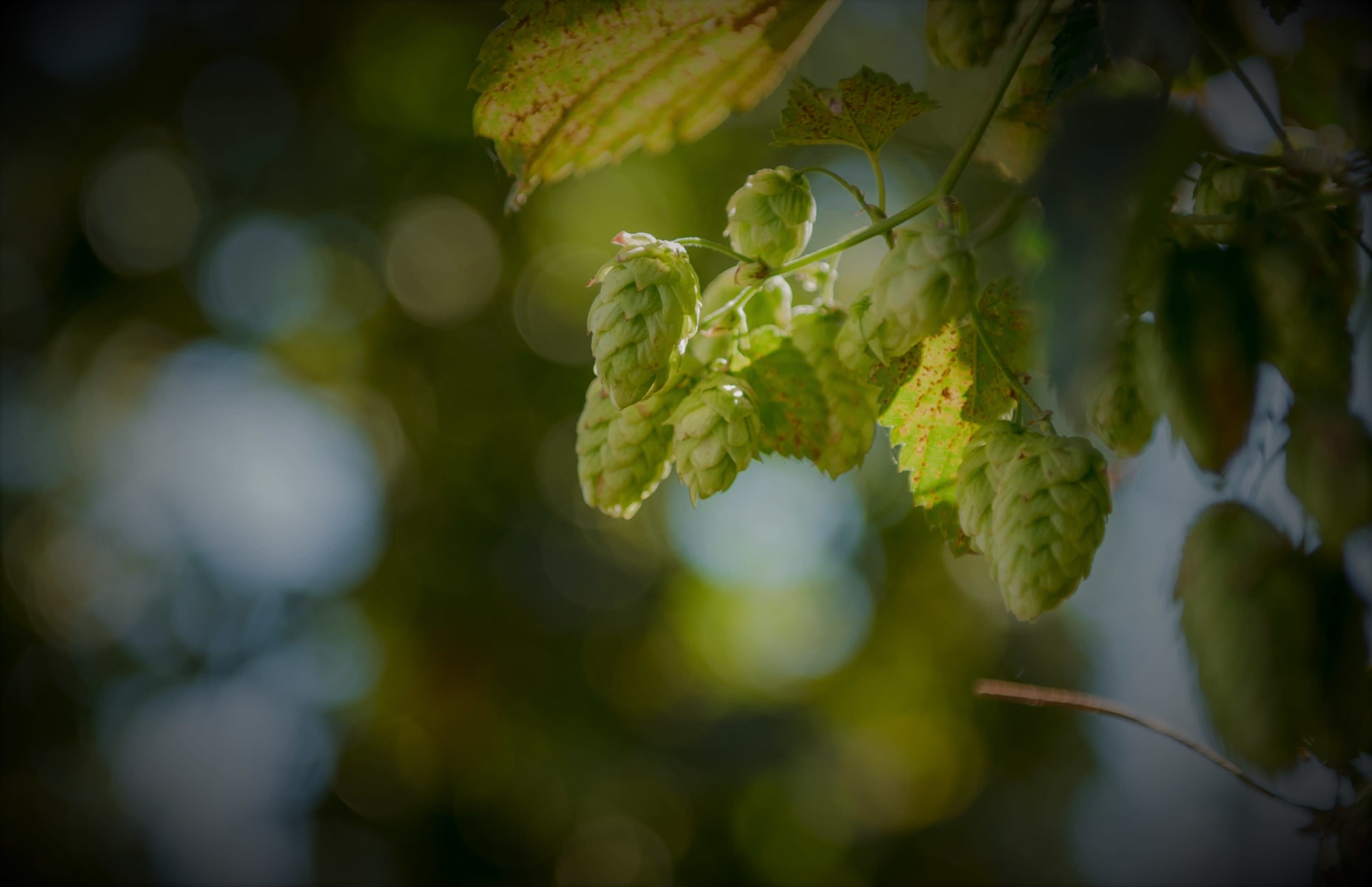Hop Vintage

It isn’t just for wine grapes or that one t-shirt we all have from our favorite concert we attended a while ago. And when we say hop vintage, we also aren’t talking about the ones that are delightfully and specifically aged for lambics, either.
Like grapes, hop vintage is affected by environmental factors. Things like weather patterns, pest and disease pressure, smoke haze, soil composition, and overall plant health all have important parts to play in the development of hop aroma and character, aka vintage.
Let’s take a small step back in time to look at harvest year 2020. In the Pacific Northwest, growing conditions featured a wet spring with late snow pack, and a mild summer with intermittent heat waves in June and July. Then in September, a Labor Day windstorm and several weeks of atmospheric smoke haze added up to what we’ll call the 2020 vintage. Was the vintage truly different from previous ones? Oh yeah! Lots of growers and brewers alike noted that citrus aromas which normally dominate sensory notes in American varieties were much more muted, and the earthy and floral aromas of the hops were more prominent than usual. We observed a definite change in the chemical composition of the hops from 2019 to 2020.
If you take a look at the thiol fingerprints of a cashmere lot grown in Washington in 2019 and 2020 (above in Figure 1.), you’ll see a lot of the same compound peaks; 4MMP, 3-mercapto-3-methylbutanol and methyl thiohexanoate (peaks 1, 2 and 3, respectively). What you don’t see are the later eluting peaks in the 2020 crop. What you also notice is that the overall intensity, or what we call aroma magnitude, of the samples were an order of magnitude lower in ’20versus ’19. That means that the relative area of the thiol peaks in the ’20 samples were 10 times lower than they were in ’19. That10-fold difference made a distinct change in the way we were able to track hop maturation throughout harvest as the thiols we use as markers were late in showing up or weren’t present in meaningful levels.

Is aroma magnitude useful for determining vintage differences? To an extent, yes. It’s not going to give us the full picture or quantifiable concentrations of thiol compounds in the hops, but it’s great tool to have in the toolbox for analysis of hops and it can certainly give us a quick picture of why a lot of the same variety differs so much from one crop year to the next.
References: 1. Conn, S.J., Wallen, T.W., Gamache, D.A. HRC Winter Meeting, January 2020.
2. Gros. J., Nizet, S., and Collin, S. J. Agric. Food Chem. 2011, 59, 8853-8865.
3. Gros, J., Peeters, F., and Collin, S. J. Agric. Food Chem. 2012, 60, 7805-7816.
4. Marsili, R. 2010, Consultation for VGF, Marsili Consulting Group